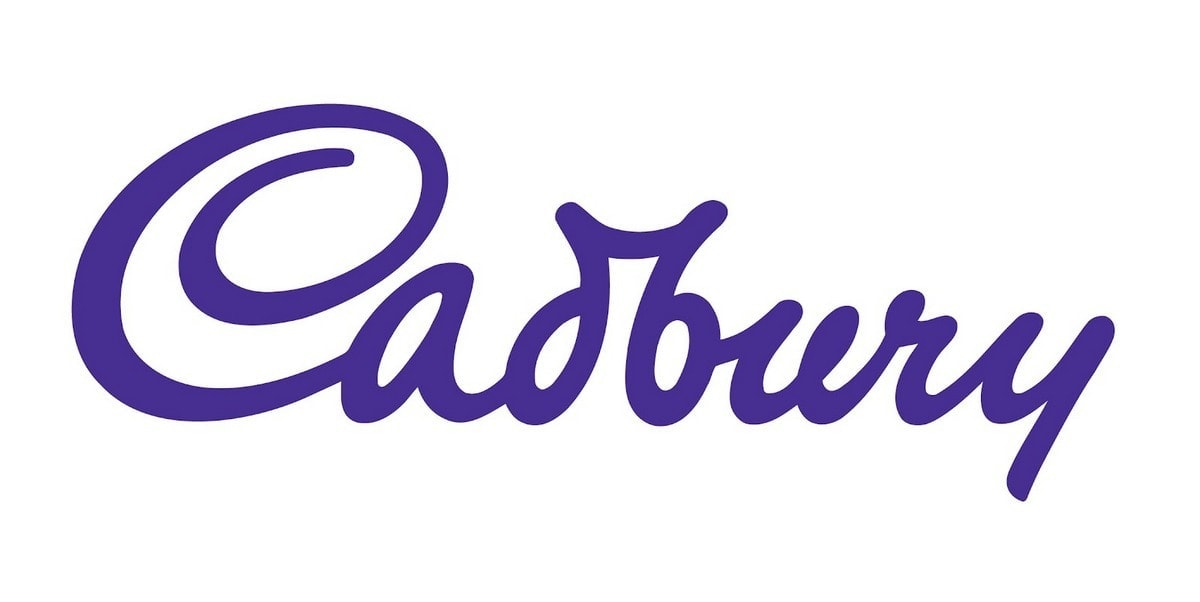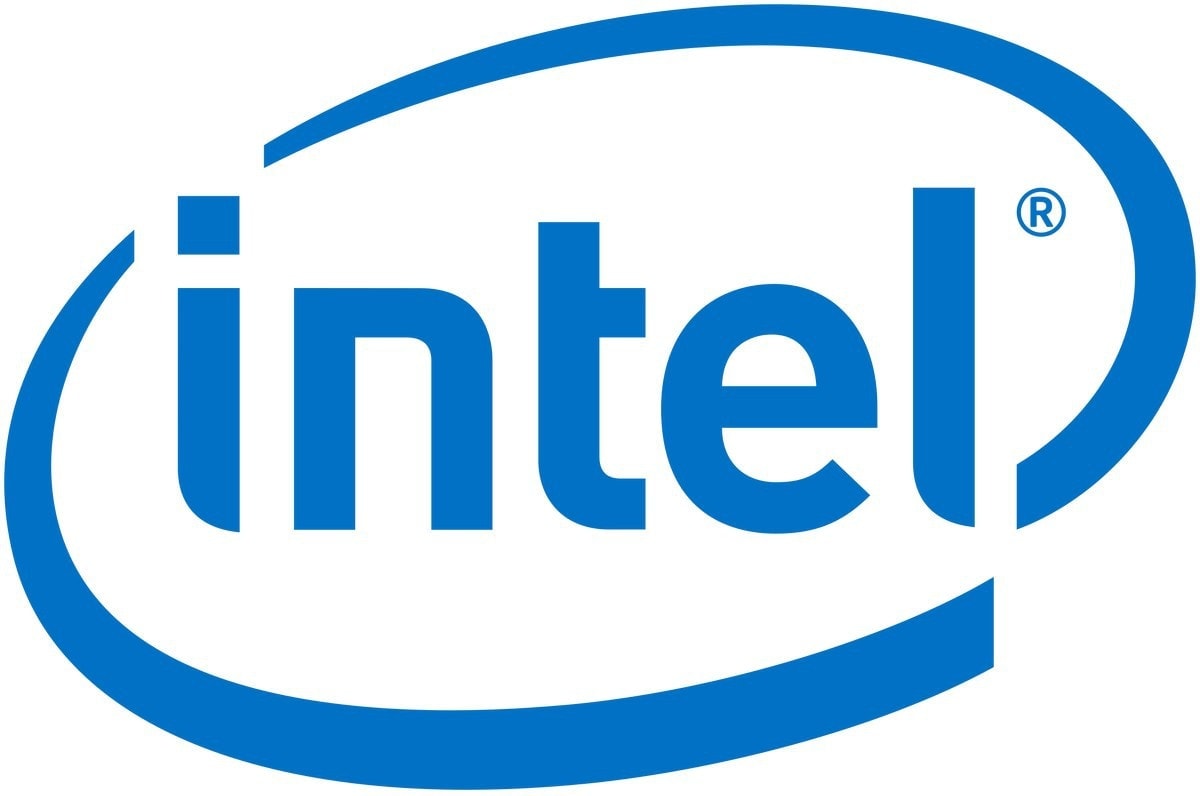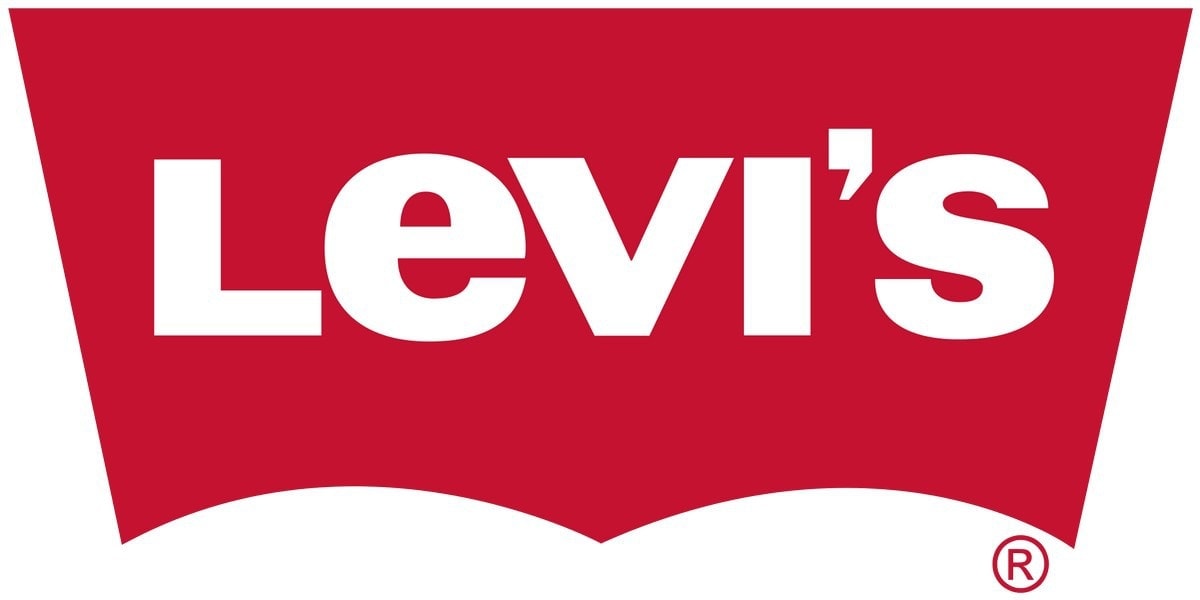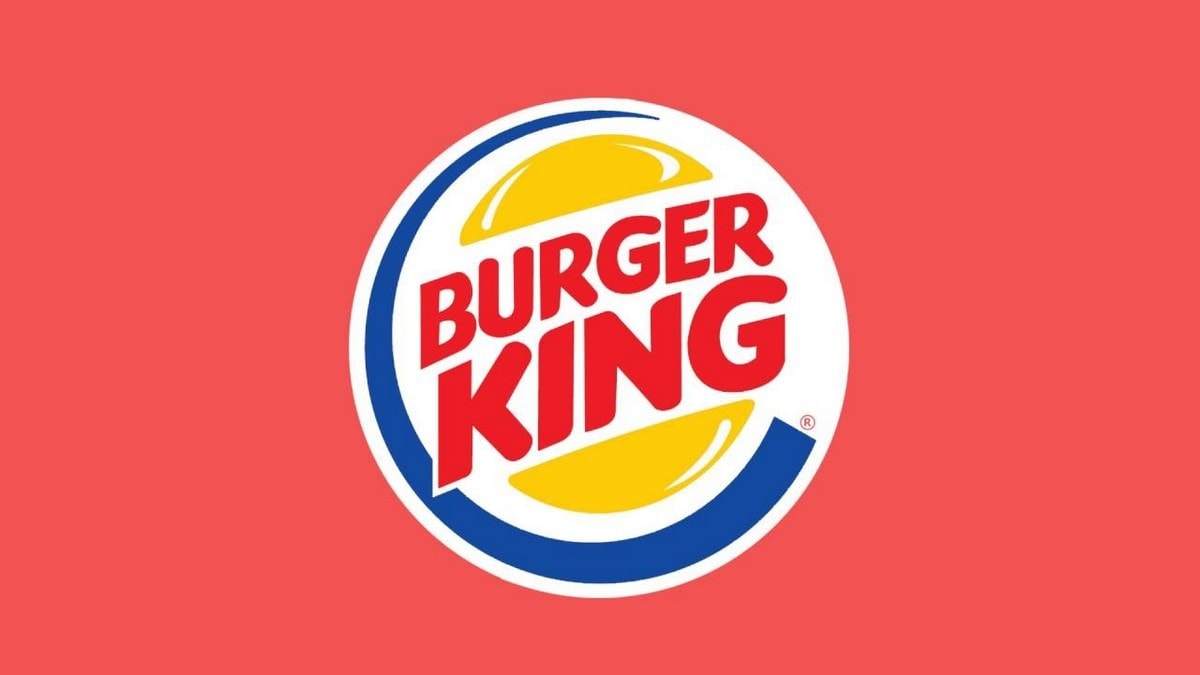What is Diffusion of Innovation? Theory by Everett Rogers
What is Diffusion of Innovation? Theory by Everett Rogers
There are many new products being launched in the market every day. To understand how these products are being adopted in the market, marketers must use the Diffusion of Innovation Theory formulated by Mr Everett Rogers back in 1962. One must understand, that this theory is as relevant today as it was back then.
Diffusion of innovation is a theory which explains how innovation is adopted by the population, in how much time does the innovation spread, and finally whether the innovation actually succeeds in bringing a change or it fails in the process.
The Theory of Diffusion of Innovation answers several questions.
- How do innovations spread in the population?
- Why do certain innovations fail?
- What would be the qualities that determine the success of innovation?
- And how can companies increase the rate of adoption of the latest innovations?
If companies do not act properly, then they are likely to lose the advantage they might have after introducing a new innovation in the market.
Table of Contents
Diffusion of Innovation Theory
As per this theory, the innovative products when launched in the market can be adopted by 5 different categories of customers. Each of these categories of customers involves people with different personality types. These categories can also be known as Adopter Categories.
If someone is used to buying the latest in technology, they are known as geeks and are therefore early adopters. On the other hand, if someone adopts technology very late, then they are known as laggards. Like these examples, there are 5 total Adopter Categories of who help in the diffusion of innovation by Adopting the products.
1) Innovators
These are people who are the first ones to test everything and who like to take risks. For example – Today on YouTube, many people do unboxing videos. These are the people who love playing with technology products and these are the likely people who will be the first in line to adopt a product.
Innovators by personality are passionate people who love to take risks and follow industries they are very fond of. An example of such a behaviour can be gamers who are very passionate and love to fiddle with gaming software and equipment. So if a new product is launched, a passionate gamer might be the first one to adopt.
For a company, these innovators are the audience whom they should keep happy and whose feedback matters. They might or might not consume the products themselves, but they might be the ones who influence future purchases.
Example of Innovators – Influencers, Game testers, Developers etc.
2) Early Adopters
Early adopters are the people who follow the innovators as they are the first ones to accept a change. They are comfortable with changing their traditional thoughts and beliefs but they are not as used to risk as to the innovators.
They have a strong influence on people who follow them and they generally see themselves as opinion leaders. These users do not need much evidence or written materials to convince them for the purchase. They may like the concept and go for it.
A very good example of Early adopters are people who go into new restaurants to test the food. They do not know whether the food is good or bad, but they go into new restaurants for a change from the restaurants they know.
Furthermore, these are people who influence others to join them. Early adopters regularly follow innovators to get information on what is the latest happenings around them.
3) Early Majority
When the innovators and early adopters have already tried, tested and given positive reviews for their experiences, that is when the early majority adopts the product. The diffusion of innovation actually happens very well when the early majority has a majority adoption for the product.
In tech products like smartphones, we see this perfectly. Once some reviews and few positive feedbacks are on board, then a vast majority of people immediately adopt the product. These are the early majority.
They may not take decisions when there is no information available. However, if there is a good marketing pitch and some good reviews are on board, then the early majority adopts the product willingly.
An example of an Early majority is seen in the travel segment. People do not travel to new places unless they have heard good reviews about the same. Once some reviews have come, many people at once might want to experience the new place.
4) Late Majority
The late majority of people are the ones who adopt products once they have been tried and tested. They are averse to risk and also don’t like to change much. They move in life as per their own pace and do not have aggressive, risky behaviour.
Social proof is an excellent method to get more decisions from the late majority type of customers. The more social proof your product has, the more the late majority will adopt the product. At this level, the diffusion of innovation has almost happened.
5) Laggards
These are people who adopt your product last. They probably adopt this innovative product because it is now the norm and not considered innovation anymore.
Let’s take the example of Smartphones. Even technology averse people use smartphones nowadays. Why is that? Because smartphones are now the norm and they have to use it to stay in touch with the world. Most companies are only manufacturing a smartphone and very few are manufacturing a handheld. So the laggards now purchase a Smartphone.
Thus, Based on the adopter categories, the Diffusion of Innovation moves through different adopter types and finally moves on to the laggards. Once the innovation has reached the laggards, it is hardly known as an innovation anymore. Only mixing up the product mix and product line remains as a strategy with the company.
Example of Diffusion of Innovation
Let us look at the Online Education Industry to understand the diffusion of innovation. The Education industry has a huge cost associated with it. So some colleges came up with the brilliant idea of launching online courses which were sold at a very low cost. Let us go through the Adopter categories for this example.
- Innovators – The innovators were the ones who desperately needed to learn a specific subject and they, therefore, enrolled in an online course. They did not care that no one before them has gone with an online course. They just wanted the information.
- Early Adopter – When colleges like Stanford and Harvard started offering online courses with certification, a majority of people jumped in. They could see the value of these courses and knew that the top alumni were teaching.
- Early majority – Many other portals like Udemy and EDX also jumped in with their online courses which had certifications. And the market exploded. Many people started learning online through courses.
- Late Majority – The late majority are the ones adopting these online courses after looking at the many reviews by students who have enrolled in the courses. At this level, the diffusion of innovation is almost done and online courses aren’t an innovation anymore.
- Laggards – When everyone around them is growing with online education courses, the laggards start adopting them too.
The above were all the steps of Diffusion of Innovation Theory as per Mr Everett Rogers. As a marketer, this theory carries a lot of implications if you want to see your innovation adopted in the market.
How to Facilitate the Diffusion of Innovation?
There are Different factors which help the Diffusion of Innovation. These are
- Have a Better Advantage – Your product should have a considerable advantage over the competition. The higher the advantage, the better the rate of adoption.
- Compatibility – The greater the number of people the product is compatible with, the better will be the diffusion of innovation.
- Complexity – If the innovation is difficult to understand, then its adoption rate will be slower. So you should take steps to make it more understandable if it’s a complex product.
- Trial – If the product is something that can be tried before adopting it, then it helps the product. Example – Many software manufacturers give trial versions for their software.
- Measurable – The more measurable or observable your innovation is, the better it will help the diffusion. Social proof helps a lot in the diffusion of innovation.
The above were all the different factors which influence the innovation diffusion and make adopter categories adopt the product faster.
If you are a product or service marketer, then this theory of diffusion of innovation is important to you. With Amazon entertaining more and more private label companies, and the internet at max penetration levels, there is a lot of innovation happening in products and services.
Companies are trying to launch more product lines and product mix’s and that is where they need to understand how diffusion is happening. Whether it is a product or service, the marketing managers should know about the diffusion of innovation theory so that it helps them in getting the product to penetrate the market.
Source – Rogers, E.M. (1976). New Product Adoption and Diffusion. Journal of Consumer Research. (March). p290-301.










